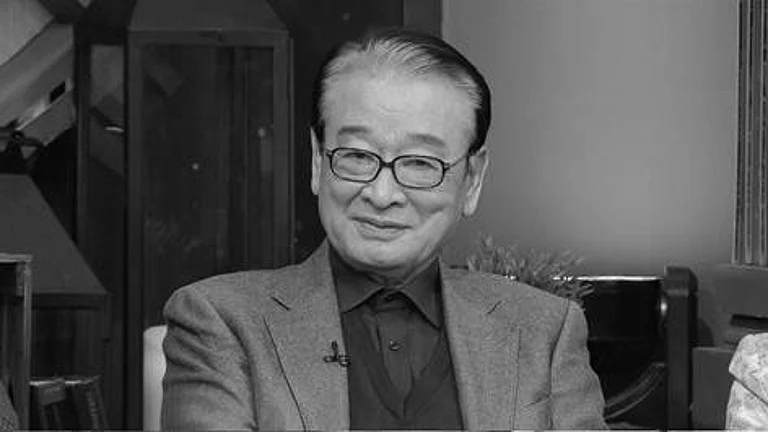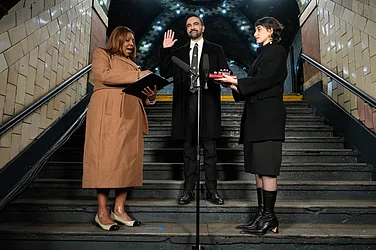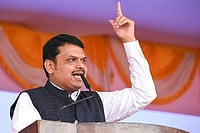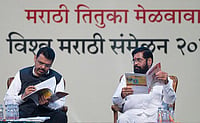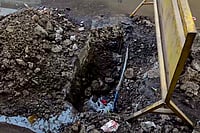
Trump announces he wants to meet Kim Jong Un in 2025 and discusses trade with South Korea’s Lee Jae Myung.
North Korea remains silent; Lee warns sanctions have not stopped Pyongyang’s nuclear development.
Discussions also cover defence spending, U.S. troop deployment, and regional security concerns.
U.S. President Donald Trump said on Monday he wanted to meet North Korean leader Kim Jong Un this year and expressed willingness to continue trade talks with South Korea, even as he criticised Seoul on several issues.
“I’d like to meet him this year,” Trump told reporters in the Oval Office while welcoming South Korea’s new president, Lee Jae Myung. “I look forward to meeting with Kim Jong Un in the appropriate future,” Reuters reported.
Despite a trade deal in July that shielded South Korean exports from harsher U.S. tariffs, disputes remain over nuclear energy, military spending, and details of a package including $350 billion in promised South Korean investments in the United States, reported Reuters.
Following their meeting, Lee attended a business forum with U.S. officials and executives from both countries. Korean Air announced an order for 103 Boeing aircraft, the largest in its history, to coincide with the visit, Reuters reported.
North Korea Silent
North Korea did not immediately respond to Trump’s remarks. Its state media later said U.S.-South Korea joint military exercises demonstrated Washington’s intention to “occupy” the Korean peninsula and target regional countries. Since January, Kim has ignored repeated calls from Trump to revive direct diplomacy, which produced no agreement on halting North Korea’s nuclear programme, Reuters reported.
Security and Nuclear Concerns
At a Washington event following the summit, Lee said sanctions had failed to halt North Korea’s nuclear and missile development. He warned that Pyongyang could produce 10 to 20 nuclear warheads per year and only needed to perfect a re-entry vehicle to deliver them on missiles capable of reaching the United States, reported Reuters.
Trade, Defence and Domestic Tensions
South Korea’s economy depends heavily on the U.S., which provides security through 28,500 stationed troops and nuclear deterrence. Trump has previously described Seoul as a “money machine” benefiting from American protection. “I think we have a deal done,” he said of the trade agreement. “They had some problems with it, but we stuck to our guns,” Reuters reported.
Trump indicated he would raise intelligence about South Korean investigations into churches and a military base, though the White House did not clarify. This month, Seoul police raided Sarang Jeil Church, led by an evangelical preacher who backed Lee’s ousted predecessor, Yoon Suk Yeol. In July, prosecutors investigating Yoon’s declaration of martial law searched a Korean section of a base jointly operated with the U.S., with officials confirming U.S. troops and assets were not affected.
Trump was expected to press Lee to increase defence spending, including maintaining U.S. forces in South Korea. On the possibility of reducing troop numbers, Trump said: “I don’t want to say that now,” but suggested Seoul could cede ownership of “the land where we have the big fort,” apparently referring to Camp Humphreys, a U.S. Army garrison. Lee told reporters beforehand that it would be difficult for South Korea to accept U.S. demands for “flexibility” in troop deployment, particularly for China-related operations.
(With inputs from Reuters)








